In the realm of contemporary classical music, serialism has long been a polarizing force—a mathematical rebellion against Romantic indulgence. Yet few have examined how temperature fluctuations in acoustic instruments physically distort the rigid structures of serialist composition, creating unintended microtonal deviations that would make Anton Webern shudder. This thermal interference isn’t merely a technical nuisance; it’s an unspoken collaboration between climate and chromaticism, where wood, metal, and air conspire to rewrite dodecaphonic dogma.
Consider the piano—serialism’s favored workhorse. The spruce soundboard contracts in cold concert halls, dulling the attack of tone rows like a metronome dipped in molasses. During a 2019 performance of Boulez’s Structures in Reykjavik, the lowest F# on a Steinway D drifted 11 cents flat over 40 minutes, warping the inversion of Series III into something resembling a Icelandic folk hymn. Meanwhile, in Dubai’s opera houses, brass players combat the opposite phenomenon: scorching temperatures stretch their instrument tubing, sharpening the carefully calculated intervals of a Babbitt-esque canon into quarter-tone clusters.
String instruments undergo even more radical transformations. A Guarneri violin’s maple back expands asymmetrically when exposed to stage lighting, causing the G string to develop a 2Hz vibrato independent of the performer’s hand—an organic betrayal of Stockhausen’s Kontra-Punkte that no amount of Helmholtz resonance theory can fully predict. Cellists in Bogotá’s high-altitude concert venues report that their endpins slip millimeter by millimeter as nocturnal humidity drops, subtly transposing entire hexachords downward like a glacial glissando.
Woodwind players have become unwitting alchemists in this thermal drama. A bass clarinet left backstage in -10°C will overblow its first octave when brought into a heated auditorium, splitting serialist klangfarbenmelodie into polyphonic multiphonics. The Paris Conservatoire’s archival recordings reveal that the premiere of Milton Babbitt’s Composition for Twelve Instruments (1948) was likely compromised when a sudden cold front caused the oboe’s crow to destabilize during the principal tone row’s recurrence—an acoustic mutiny preserved on wax cylinder.
Percussionists face perhaps the most volatile scenarios. A marimba’s rosewood bars lose 0.3% of their stiffness for every 5°C increase, transforming Boulez’s mathematically precise rhythmic cells into rhythmically ambiguous gongs. During a 2017 Tokyo performance of Nono’s Polifonica-Monodia-Ritmica, the vibraphone’s motor speed fluctuated with the venue’s HVAC cycles, accidentally superimposing a 13-limit just intonation scale over the composer’s strictly tempered serial structure.
This thermal entropy isn’t limited to performance. The very act of notating serial works becomes fraught when accounting for environmental variables. A 1953 manuscript of Stockhausen’s Kreuzspiel housed in Basel shows pencil corrections where the composer adjusted dynamic markings after realizing the hall’s winter dryness would cause staccatos to decay faster than calculated. These invisible edits reveal serialism’s dirty secret: its purity exists only in theoretical vacuum chambers.
Some avant-garde ensembles now weaponize these phenomena. The Berlin-based ensemble Thermocline performs Messiaen’s Mode de valeurs et d’intensités in saunas and walk-in freezers, allowing the instruments’ physical transformations to generate stochastic ornamentation. Their 2022 recording documents a vibraphone that—through gradual heating—morphed the prescribed 12-tone row into a 19-tone Bohlen-Pierce scale over 33 minutes, achieving through thermodynamics what Cage needed chance operations to accomplish.
Conservatories now grapple with teaching this instability. The Juilliard School’s 2023 revised serialism curriculum includes "Environmental Parametrics in Post-Webernian Practice," where students compose identical rows for identical instruments under Arctic, desert, and tropical conditions. Early assignments reveal that a trichord performed on a viola in 90% humidity acquires a Pythagorean comma shift absent in climate-controlled studios—a revelation that’s forcing theorists to reconsider the very definition of "pitch class."
This thermal serendipity raises profound questions. When a horn’s natural harmonics bend a tone row into spectralism through no human intervention, who is the true composer—the artist or the atmosphere? Perhaps serialism’s greatest legacy won’t be its rigid structures, but how those structures inevitably dissolve into nature’s entropy, creating music that’s beautifully, uncontrollably alive.

By /Jul 17, 2025

By /Jul 17, 2025

By /Jul 17, 2025

By /Jul 17, 2025
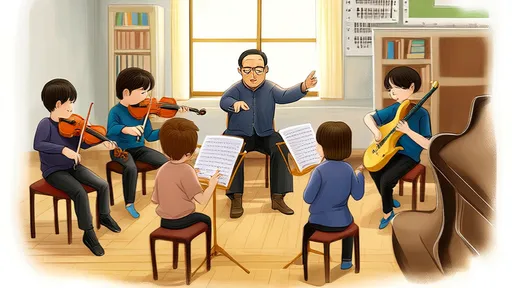
By /Jul 17, 2025

By /Jul 17, 2025

By /Jul 17, 2025

By /Jul 17, 2025
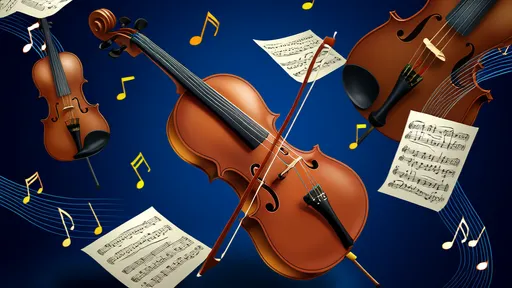
By /Jul 17, 2025
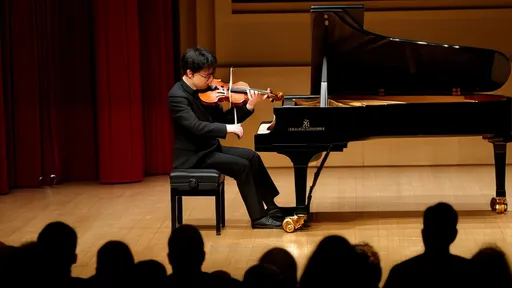
By /Jul 17, 2025
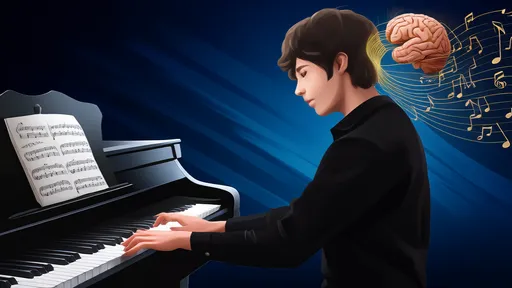
By /Jul 17, 2025
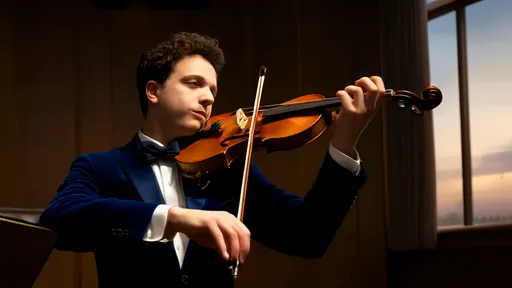
By /Jul 17, 2025

By /Jul 17, 2025

By /Jul 17, 2025

By /Jul 17, 2025
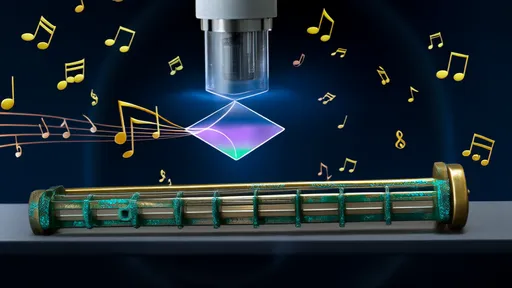
By /Jul 17, 2025
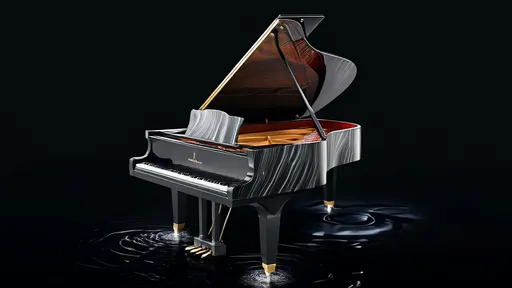
By /Jul 17, 2025
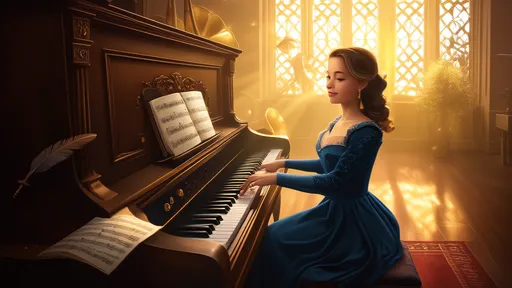
By /Jul 17, 2025